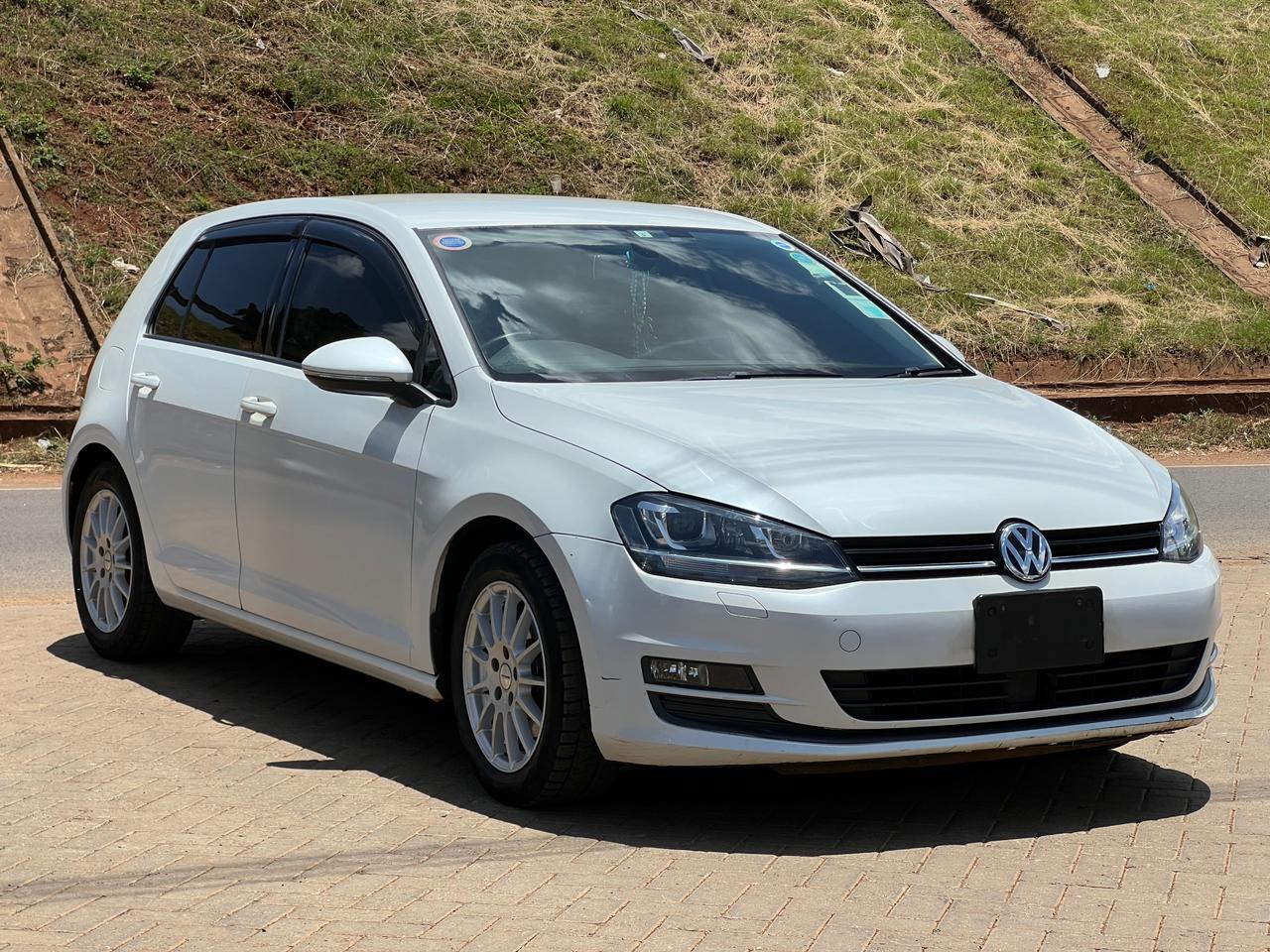🚘 How to Calculate Depreciation When Importing Used Cars to Kenya: Year vs Mileage Explained
🚘 How to Calculate Depreciation When Importing Used Cars to Kenya: Year vs Mileage Explained
When importing a used car to Kenya, one of the most important — yet misunderstood — cost factors is depreciation. Whether you’re bringing in a Toyota Axio from Japan or a BMW X3 from the UK, understanding how age and mileage affect value can help you:
-
Avoid overpaying in import taxes
-
Choose vehicles that retain resale value
-
Import smartly for personal or business use
In this article, we’ll explore how depreciation is calculated for car imports in Kenya — both in real market terms and according to KRA (Kenya Revenue Authority), including a breakdown of how year and mileage affect vehicle valuation and duty.
🧾 What is Car Depreciation?
Depreciation refers to the reduction in a car’s value over time due to wear and tear, age, and usage. Every car begins losing value the moment it is driven off the showroom floor.
Common Causes of Depreciation:
-
Age of the car
-
Mileage (how much it has been driven)
-
Accident history
-
Maintenance and condition
-
Brand and model reputation
-
Demand in the Kenyan market
🇰🇪 How KRA Applies Depreciation for Import Taxes
When importing a used car, KRA doesn’t rely on market prices you find online or from dealers abroad. Instead, they use their own Customs Valuation System to determine the Current Retail Selling Price (CRSP) of the car locally — and then apply a depreciation percentage based on the car's age.
This depreciated CRSP is then used to calculate Import Duty, Excise Duty, VAT, and IDF.
🧮 KRA Depreciation Schedule (by Age in Years)
| Vehicle Age | Depreciation Rate (Approx.) |
|---|---|
| 0 – 1 year | 5% |
| 1 – 2 years | 10% |
| 2 – 3 years | 15% |
| 3 – 4 years | 20% |
| 4 – 5 years | 30% |
| 5 – 6 years | 40% |
| 6 – 7 years | 50% |
| Over 7 yrs | Not allowed for import |
⚠️ Note: Cars over 8 years are not permitted for import into Kenya. The age is calculated from the year of first registration.
🔁 Year vs Mileage: What Matters More?
1. Year of Manufacture / Registration
This is the primary factor used by KRA. Whether the car has low mileage or not, a 2017 model will be taxed as a 2017, even if it was barely used.
-
Pros: Helps predict taxes accurately
-
Cons: Doesn’t account for actual wear and tear
2. Mileage (Kilometers Driven)
This is a crucial factor in real market value — i.e., how much you'll resell the car for or how long it’ll serve you.
| Mileage Range | Market Impact |
|---|---|
| < 50,000 km | Excellent |
| 50–100,000 km | Good |
| 100–150,000 km | Fair |
| > 150,000 km | Heavy wear |
Some Japanese cars with low mileage (under 60,000 km) sell at higher prices, even if they’re older models.
🔍 Case Study: Toyota Premio 2017 vs 2018
Let’s say you’re comparing two Toyota Premios for import:
| Feature | Premio 2017 | Premio 2018 |
|---|---|---|
| Year Registered | 2017 | 2018 |
| Mileage | 42,000 km | 98,000 km |
| Auction Grade | 4.5 | 3.5 (accident repair) |
| Price in Japan (FOB) | $7,800 | $7,100 |
| KRA Depreciation | 40% | 30% |
| Final Import Duty | Higher (older year) | Lower (newer year) |
| Real Market Value | Higher (low mileage) | Lower (high mileage) |
👉 Lesson: Newer year reduces tax, but lower mileage increases resale and longevity. Balance both.
🔢 How to Estimate Your Vehicle’s Depreciation
Here’s how to estimate the depreciated value used by KRA:
Step-by-Step:
-
Find the CRSP (Current Retail Selling Price) of your car model on the KRA website or VAA (Valuation Advisory Agency).
-
Apply KRA’s depreciation rate based on the age of the car.
-
Use the depreciated CRSP to calculate taxes:
-
Import Duty = 25%
-
Excise Duty = 20%–35% (depends on engine size and fuel type)
-
VAT = 16%
-
IDF = 3.5%
-
💡 Tools & Resources
-
[Car Import Duty Calculator (use Code & Clutch calculator)]
-
[Japanese Auction Sheets for mileage & grade]
-
[JEVIC Certificate] – shows odometer verification
🧠 Tips to Import Smartly
✅ Choose Lower-Mileage Units When:
-
You want reliability & longevity
-
Planning to resell soon at a premium
-
Don’t mind paying slightly more in tax
✅ Choose Newer Year Units When:
-
You want to reduce import tax
-
You’re registering a commercial fleet
-
You don’t mind higher mileage but need affordability
✅ Avoid:
-
Cars with altered odometers (double check JEVIC)
-
RA grade or accident repair vehicles unless disclosed
-
Vehicles with missing service records
🔁 Depreciation vs Resale in Kenya
Some cars hold their value better than others, even with age. For example:
| Model | Year 2017 Market Value (2025) | Notes |
|---|---|---|
| Toyota Axio | KSh 1.1M – 1.3M | Holds value well |
| Mazda Demio | KSh 800K – 950K | Slightly faster depreciation |
| Subaru Forester | KSh 1.4M – 1.6M | Good resale, especially XT |
| Nissan Note | KSh 700K – 850K | Depreciates quicker |
💼 Who Should Worry More About Depreciation?
-
Private buyers: Mileage affects service life
-
Resellers: Low mileage boosts margin
-
Taxi/Uber owners: Mix of low tax + good mileage
-
Fleet operators: Age matters for registration & clearance
🧮 Bonus: Simple Depreciation Formula (Market Value)
For personal estimation outside KRA:
E.g., for a car that loses 15% yearly:
But remember: KRA uses fixed depreciation brackets, not compounding.
🧠 Final Thoughts
Depreciation is more than just a tax figure — it affects your import cost, resale value, and how long your car will serve you.
Here’s how to make the best decision:
-
✅ Balance year (for lower duty) with mileage (for longer use)
-
✅ Always verify auction sheets, service history & JEVIC reports
-
✅ Use the Code & Clutch Import Calculator to simulate costs
-
✅ Avoid cars nearing 8 years, as they become illegal to import
📌 Recommended Next Read on Code & Clutch:
👉 “How to Choose the Best Car to Import to Kenya in 2025: A Guide for Budget, Lifestyle & Resale Value”
👉 “Japanese Car Export Inspections Explained: JEVIC, QISJ, EAA — What They Check & Why They Matter”





Comments